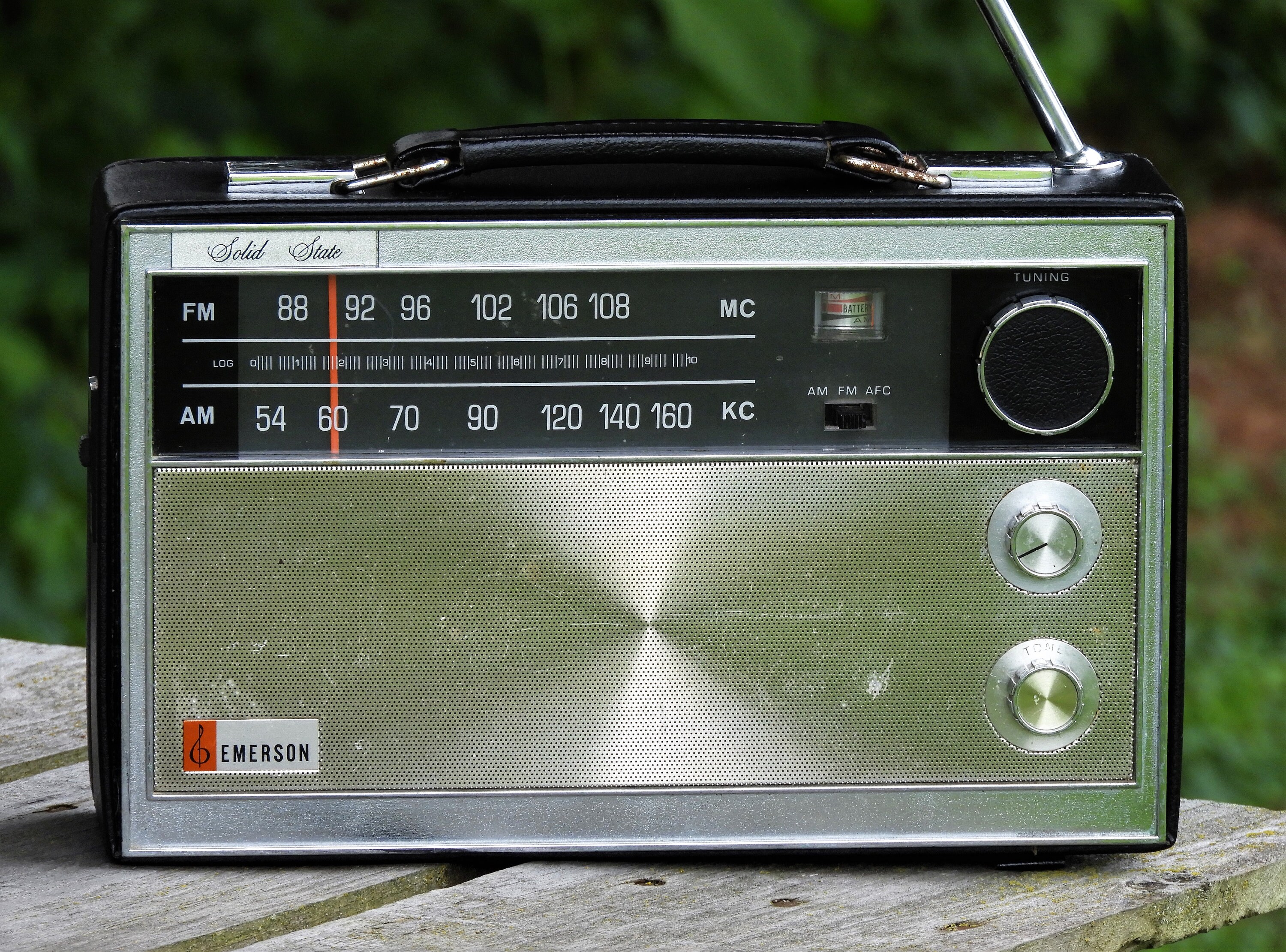

Max Vol has very little series resistance between A and B and thefore gets max signal thru and there is a high resistance path between the B wiper and C terminals ground Now refer to the right sides YELLOW inserts of three volume control setting variants. (*** Coincidentally, that same audio signal also feeds across to the Radio terminal of S601 section 4 to connect into the series audio tone control circuitry composed of C721 and RV702 tone ontrol. Hold on tight and lets go thru an audio circuit run.ĪM or FM audio comes in at the top right corners RED arrows and flows across and down to the Radio input of section 2 of Switch 601 and out its rotor and then down *** to the A terminal of the volume control and its rotor / wiper portion passes the signal on to coupling capacitor C712 and on thru it to the base of the Q702 transistor which amplifies the signal and then passes it on to the audio power amp section that finally feeds the units frontal speaker. no " fly by wire " techno design aspects are being incorporated. This provided schematic / wiring diagrams " relevant snippet " now confirms that not being the case, its just using an " old school " conventional variable voltage divider attenuator. I initially declined reply, until a further in depth circuit design analysis confimed that your volume control was not feeding a variable DC voltage into a variable electronic gain block. With the forthgoing supplemental text of our Right Honorable and Esteemed colleage, Technomniac's info, you should have this situation all nailed down. If you can't find the problem, you can add a link from the end terminal to another point that is known to be ground, but if you make a mistake, the radio cassette will be history. Sometimes such links may be under a component and not readily accessible.


This might be done with something like that earth pin of the pott, or a rivet. If so, note that they sometimes need to connect a track on one side to a track on the other side. This looks like it might be a double sided board - copper tracks both sides. If you need to resolder, make sure that you shine up what you are soldering to get a good joint. This can mean that a good joint has never been made to the track. It is often found in manufactured items that the copper tracks are tarnished when the solder process takes place. Since it is most likely a mechanical fault, it should be possible for a newby to find. look at the join between the solder and the copper track and wiggle the pott backwards and forwards to see if you can witness any movement across the solder joint, between the blob and the copper track. The connection right at the terminal might look OK but it is the most likely place. Chances are that it is right handy to the pott, so have a good look at the copper tracks connected to that end of the pott. With the set switched off, and battery removed, you need to find where the earth to the pott is open circuited. What is happening is that the end terminal is not getting its path to the internal common or ground of the circuit.

If shorting the tabs made no difference then the potentiometer is probably OK.


 0 kommentar(er)
0 kommentar(er)
